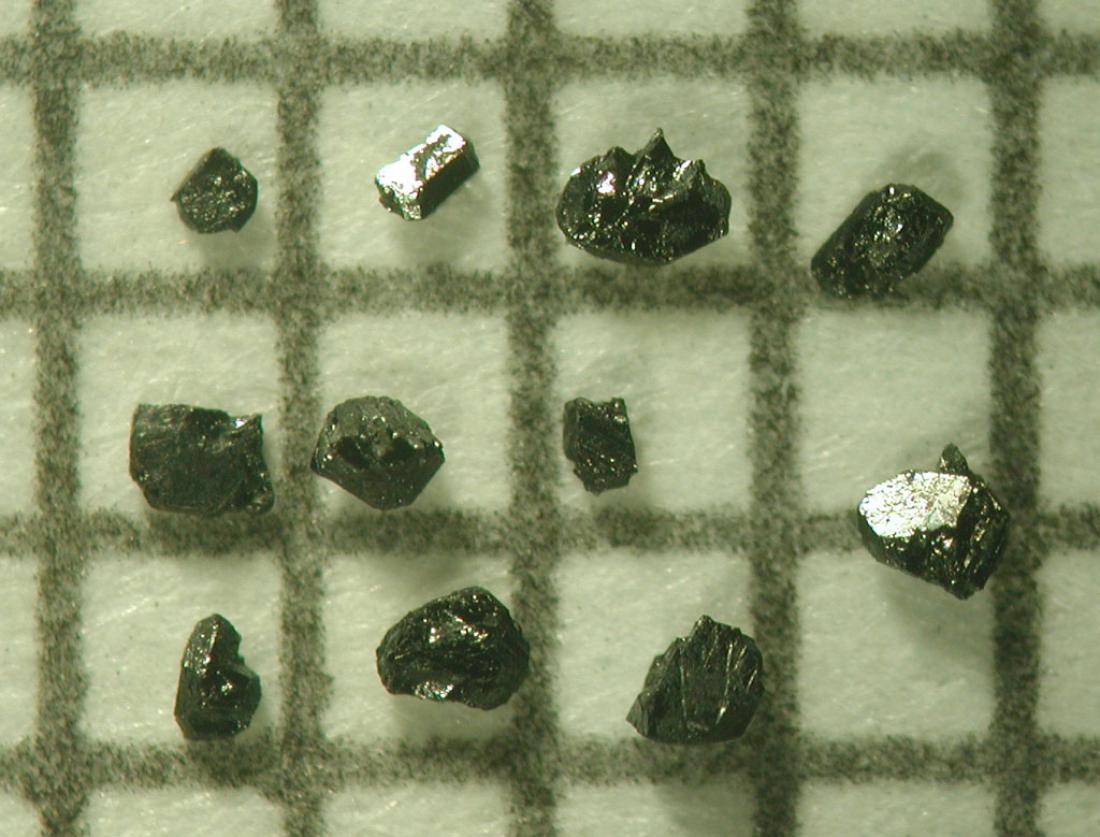Figure 1: Large crystals of the multiferroic yttrium manganite, a material with important implications for future memory devices, created from a high-pressure growth technique.
Researchers in Japan have succeeded in growing single crystals of yttrium manganite (YMnO3) using a high-pressure material-growth technique1. Developed by Shintaro Ishiwata and his colleagues from the RIKEN Advanced Science Institute and the University of Tokyo, the technique reveals how this material’s atomic structure gives it multiferroic properties, which hold promise as a route to low-power-consumption electronic memories.
Multiferroic materials have both ferromagnetic and ferroelectric properties that make them ideal for an improved class of memory devices. Ferromagnetic materials are essential for most electronic memory devices because they can retain long-lasting magnetic properties after exposure to a magnetic field. The electrical properties of ferroelectric materials are controllable using an electric field. The combination of these properties means that it is possible to control magnetic memories with an electrical field while reducing heat loss.
Ishiwata and colleagues created an initial sample of YMnO3 by mixing the compounds Y2O3 and Mn2O3 at 1,300 °C. “This ambient-pressure phase of YMnO3 is a kind of multiferroic, but … its electronic properties cannot be controlled by magnetic fields,” explains Ishiwata. Moreover, the sample was polycrystalline; that is, made up of many tiny crystals. The researchers created larger crystals (Fig. 1) by mixing this precursor with potassium chloride and water and subjecting it to a pressure almost 55,000 times that of atmospheric pressure and temperatures in excess of 1,000 °C for two hours. “The crystal growth of multiferroic YMnO3 is normally hampered by damage caused in the high-pressure cell,” explains Ishiwata. “By adding water, we drastically lowered the melting point of YMnO3 and therefore reduced the reaction time.”
To provide clear evidence of the strong magneto-electric effects, Ishiwata and colleagues investigated their sample at various temperatures and under an applied magnetic field. A change in atomic structure transformed the precursor YMnO3 into a useful multiferroic material. The precursor had a hexagonal lattice arrangement. The high pressure converted this to a type of crystal known as an orthorhombic perovskite—so named because it has a similar, but slightly tilted, atomic structure to the natural mineral perovskite.
Now that they are able to reliably grow large single YMnO3 crystals, the researchers can thoroughly investigate the properties of this useful material. “It has been predicted that perovskite-type YMnO3 should have a large polarization; that is, a strong atomic-level response to electric fields,” says Ishiwata. “The observed polarization is not as large as predicted yet, but it is still the largest of any magnetic-order-driven multiferroic.”
The corresponding author for this highlight is based at the Correlated Electron Research Group, RIKEN Advanced Science Institute



